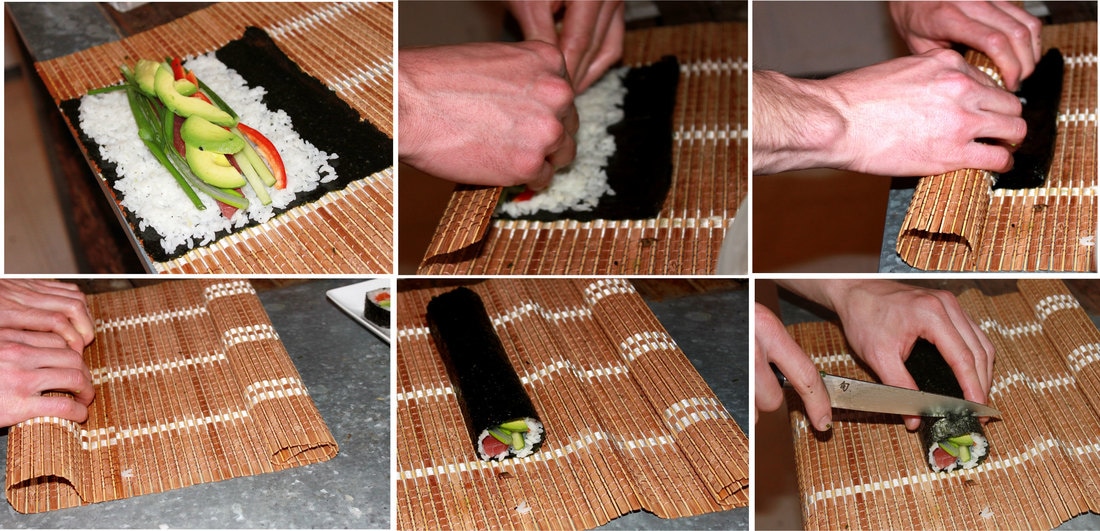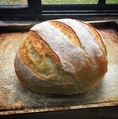|
Okonomiyaki
Ingredients: Serves 1 1 cup chopped cabbage 1 scallion, thinly sliced 1 tablespoon katsuobushi (dried bonito flakes) 1/2 cup all-purpose flour 1 large egg 1/4 cup cold water 2 slices bacon Optional Toppings:
Ingredients:
2 Comments
Kaori's Kitchen Ramen Class Recipes
**You may need to buy a digital scale, as many ingredients are in ounces or grams Ramen Noodles
Instructions:
Tonkotsu Broth (enough for 15 bowls) Ingredients:
Spicy Miso Paste for Miso Ramen (enough for 15 bowls) (you will need a digital scale for this) Ingredients:
Toppings Chashu Pork (recipe by Nami) Ingredients
1. Peel and cut ginger into rough quarters. Save for later. 2. Sprinkle and rub the salt on the pork shoulder piece. Roll it into a log with butcher’s twine, keeping the thick fat on the outside. Start tying from the center of the log toward left and right. 3. Heat the oil in a cast iron skillet (or regular frying pan) over high heat and brown the fat side first, then flip over to brown the other side. It’ll take about 10 minutes. 4. While browning, put all the ingredients for seasonings in a heavy-bottom pot (or regular pot).
Ingredients:
Optional Toppings:
Japanese Gyoza Dumplings Recipe
Gyoza Dumpling Ingredients:
Dipping sauce:
Instructions: 1. Finely mince the cabbage, garlic, and ginger, and mix together in bowl. Mix together with salt and pepper. 2. Fill and fold the wonton wrappers with the filling. 3. Add 1 teapsoon oil to a frying pan and fry the dumplings for 2 minutes on medium high. Add 1/2 cup water to pan, cover with a lid and cook for about 4 more minutes on high heat. Remove from pan and enjoy! Miso Soup (serves 3-4)
For quick dashi (instead of homemade dashi)
(makes 6-8 rolls, serves 4) Recipe courtesy of Mark Matsumoto Sushi rice, or sushi meshi is short-grain rice seasoned with vinegar, sugar and salt. Ingredients:
OR, the easier way:
Instructions
Reminder of Sushi Rolling Process: Other Sushi Supplies:
Ingredients:
Things you need: Wet towel to wipe your hands Bowl of water Instructions
|
Hey there!
|
Kaori's Kitchen



 RSS Feed
RSS Feed
